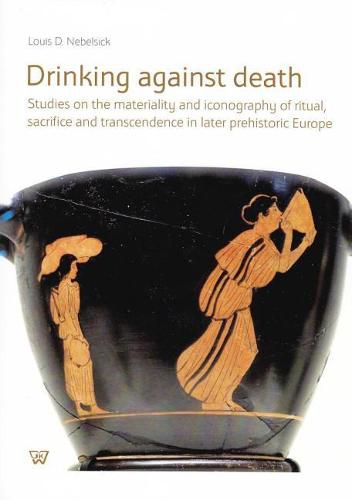Readings Newsletter
Become a Readings Member to make your shopping experience even easier.
Sign in or sign up for free!
You’re not far away from qualifying for FREE standard shipping within Australia
You’ve qualified for FREE standard shipping within Australia
The cart is loading…






The nine interrelated chapters in this book aim to identify and describe the iconographies and trace fossils of ritual and religion in late prehistoric Europe - to infuse them with meaning, celebrate their complexity and integrate the ideas, which they evoke into the rich tapestry of historically transmitted ancient European and Mediterranean ideology, mythology and ritual. This book explores libation and feasting, engendered patterns of communication, ritual drama and iconographic creativity. Case studies range from 13th century BC Bavarian ostentatious graves, 9th century Scandinavian bog hoards, 8th century Austrian women’s chambered tombs, 7th century Lusatian children’s graves to 6th century BC Scythian kurgans from the Ukraine. A thick description of ancient European ideology emerges demonstrating that non-literate communities were developing surprisingly vibrant and sophisticated solutions to the problems posed by transcending death, revering the ancestors and communicating between earth and eternity.
$9.00 standard shipping within Australia
FREE standard shipping within Australia for orders over $100.00
Express & International shipping calculated at checkout
The nine interrelated chapters in this book aim to identify and describe the iconographies and trace fossils of ritual and religion in late prehistoric Europe - to infuse them with meaning, celebrate their complexity and integrate the ideas, which they evoke into the rich tapestry of historically transmitted ancient European and Mediterranean ideology, mythology and ritual. This book explores libation and feasting, engendered patterns of communication, ritual drama and iconographic creativity. Case studies range from 13th century BC Bavarian ostentatious graves, 9th century Scandinavian bog hoards, 8th century Austrian women’s chambered tombs, 7th century Lusatian children’s graves to 6th century BC Scythian kurgans from the Ukraine. A thick description of ancient European ideology emerges demonstrating that non-literate communities were developing surprisingly vibrant and sophisticated solutions to the problems posed by transcending death, revering the ancestors and communicating between earth and eternity.